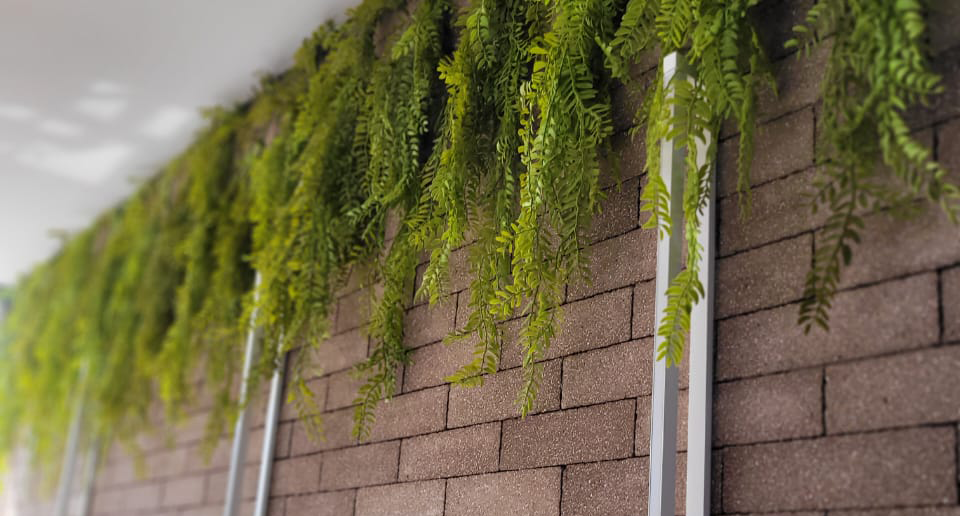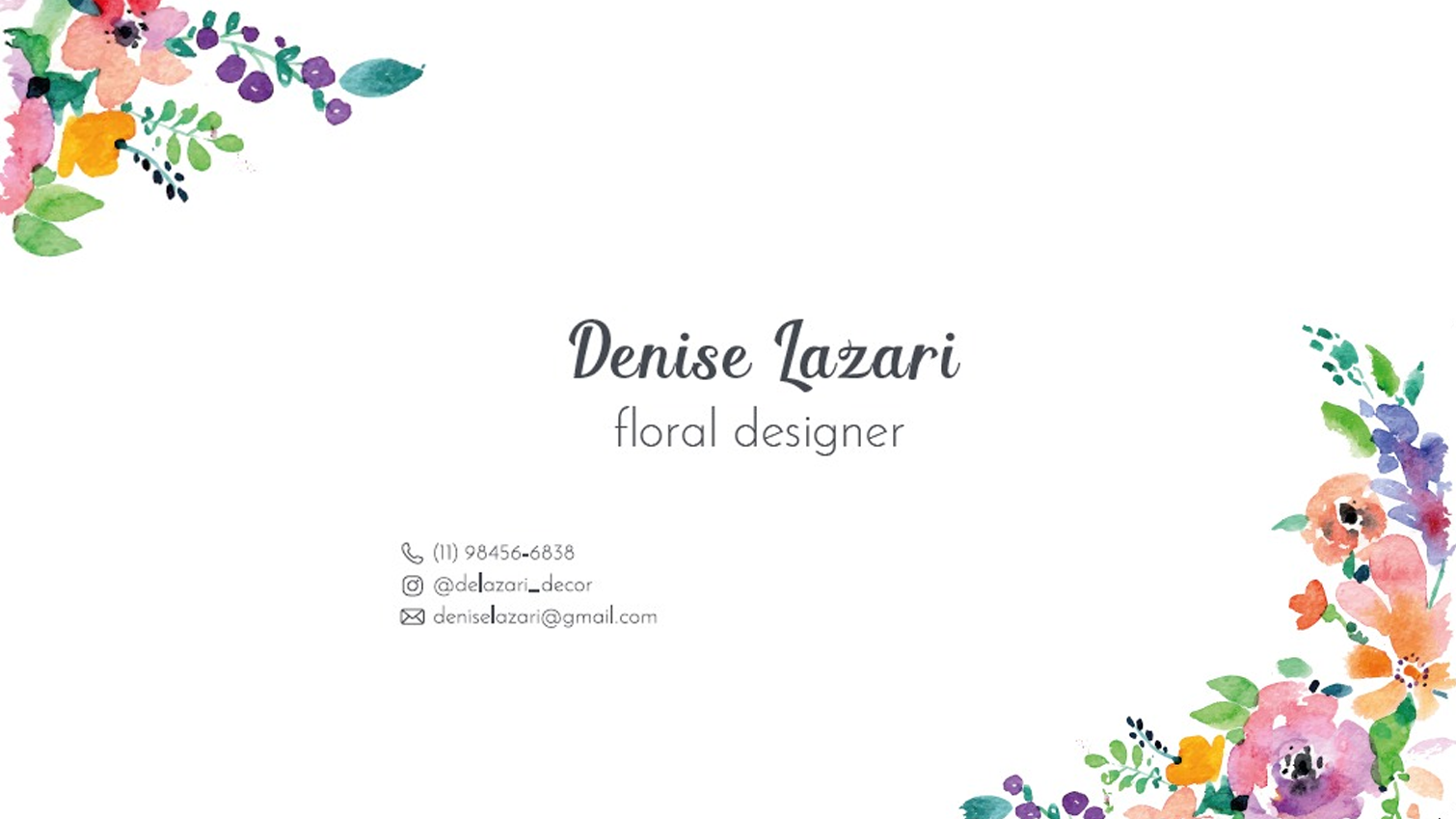Landscaping
A Garden for everyone, a Garden for everyone

Article written by Floral Designer Denise Lazari

“If there is a garden next to the library, nothing will be lacking.”
Cicero
Vertical gardens are not just trends; they are a necessity from both an aesthetic standpoint and the well-being they provide. They are the ideal solution for environments where there is no space for a traditional garden or when harmonizing with one.
There are countless ways in which a garden can be designed, with various plant and flower varieties that can compose it. However, the truth is the same: having a garden in residential or commercial areas is a privilege that should be enjoyed by everyone, given the advantages and undeniable beauty they can add to an environment.
Among the advantages:
- establishes a connection between people and the nature they are a part of
- brings the outdoors inside
- helps purify the air
- provides a sense of comfort and well-being
- adds beauty and sophistication to any type of environment, regardless of its size – we can use vertical gardens as living artworks
- brings life to otherwise lifeless and insignificant spaces (e.g., walls, dividers, corridors, and fences)
- vertical gardens create a perception of spaciousness
- can be used as area dividers
- when used in work environments, they have been proven to increase productivity
- assist with thermal regulation in spaces
TYPES OF VERTICAL GARDENS
Vertical gardens can be created using:
- natural plants and flowers
- artificial plants, also known as permanent plants
- or preserved plants (naturally dehydrated or dried)
Each type is used to fulfill specific characteristics of the environment or meet the needs of individual clients.
VERTICAL GARDEN WITH NATURAL PLANTS
“The secret of happiness lies within you. Take a deep breath and water your garden of dreams, lift your head up and watch your flowers grow.”
Hugo Dalmon
For a vertical garden with natural flowers and plants, it is essential to have natural lighting, ventilation, and select species according to these requirements and the location’s characteristics. It is necessary to have an automated irrigation system or perform regular watering for the plants’ healthy development.
- “But my space lacks sufficient natural light and ventilation, requires little or no maintenance, has no budget or conditions for an automated irrigation system, and it is not possible to water them…”
In that case, the implementation of an artificial or preserved vertical garden should be considered.
VERTICAL GARDEN WITH ARTIFICIAL PLANTS
All the beauty of a green wall without the need for maintenance and with high durability.
With the development of advanced technology, we now have artificial plants that closely resemble natural specimens in terms of colors, textures, shine, and movement. They are made from polyester, polyethylene, as well as fabrics and fine silk. Often, one needs to touch them to realize they are artificial, and even those made of silicone raise doubts because of their skin-like texture.
Artificial plants can be manufactured in any size and offer a wide range of species. They require no maintenance or irrigation system, making them practical and cost-effective, especially for corporate environments.
An artificial garden will give the space a modern, functional, and elegant atmosphere.
Average lifespan: 2 to 3 years.
VERTICAL GARDEN WITH PRESERVED PLANTS
Preserved plants undergo processes such as dehydration, dyeing, and drying while maintaining the maximum characteristics of fresh natural plants. When used in vertical gardens, they can last for at least one year, and it is recommended to perform annual maintenance to replace damaged stems.
Recommended for indoor environments (enclosed spaces).
“I cultivate joys in the garden where I am, the dreams that have passed, the old loves and their secrets…”
Lya Luft
“The secret of happiness lies within you. Take a deep breath and water your garden of dreams, lift your head up and watch your flowers grow.”
Hugo Dalmon